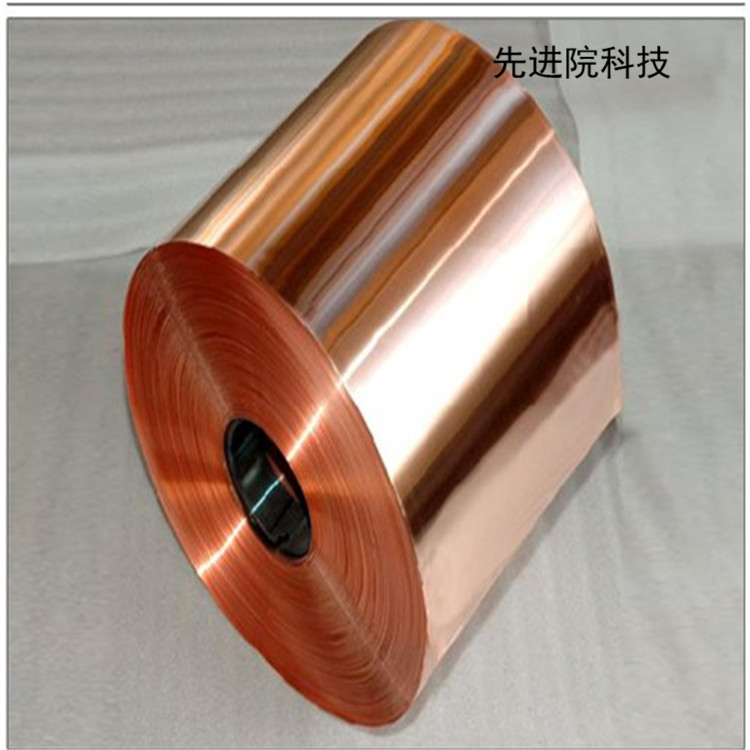

Hotline:0755-22277778
Tel:0755-22277778
Mobile:13826586185(Mr.Duan)
Fax:0755-22277776
E-mail:duanlian@xianjinyuan.cn
Thermal conductive ceramic gasket is a material with high thermal conductivity, mainly composed of alumina (with an alumina content of over 96%), with a pure white appearance and a hard texture. It is mainly used for heat transfer and electrical isolation between power devices and heat sinks. It is related to power devices (such as power MOSFETs, power transistors, etc.), aluminum heat sinks After the PCB board is tightly combined, it has excellent sealing performance, achieving the ideal effects of dust prevention, waterproofing, thermal conductivity, and insulation. It can also adapt to harsh working environments such as high temperature, high pressure, and high dust, improving the safety and stability of equipment operation. The article analyzes the performance points of ceramic gaskets and discusses their safety regulations, processes, structural design, and other aspects in the application of power products. Finally, its application in electronic loads (specialized loads for module power supply high-temperature aging) is presented.


Ceramic gaskets have the following characteristics:
The thermal conductivity of ceramic gaskets (20 ℃) can reach up to 20 W/(m-K)~30W/(m-K), which is much higher than that of ordinary thermal gaskets. Therefore, it has been widely used in power devices with very demanding heat dissipation requirements. At present, the thermal conductivity of most thermal pads is below 2.0 W/(m-K), and the Begus SIL-Pad2000 series with higher thermal conductivity is only 3.5 W/(m-K);
High temperature and high pressure resistance. The breakdown strength of ceramic gaskets ranges from 10kV to 12kV, with a maximum allowable temperature of 1600 ℃. They can adapt to harsh working environments such as high temperature, high voltage, high wear, and strong corrosion, meeting the application requirements of power products in various occasions;
Long service life. It can reduce the frequency of equipment maintenance, improve the safety and stability of equipment operation;
Compliant with the EU RoHS environmental standards.

Ordinary thermal pads are composed of soft dielectric materials that can fill the small gaps between power devices and heat sink surfaces, reducing their contact thermal resistance. The ceramic gasket is composed of hard alumina with a certain roughness on the surface. If directly assembled, there will be many gaps between the power device and the ceramic gasket, as well as between the heat sink and the ceramic gasket, which seriously affects the heat dissipation efficiency and greatly reduces the performance of the heat sink, even rendering it ineffective. Therefore, when using ceramic gaskets as thermal conductive materials, it is necessary to apply thermal conductive silicone grease on both surfaces to fill the small gaps between the ceramic gasket and the heat sink, and between the ceramic gasket and the power device, reducing their contact thermal resistance.
After installing ceramic gaskets, the thermal resistance of power devices to ambient temperature is mainly composed of thermal conductivity silicone grease thermal resistance, ceramic gasket thermal resistance, thermal conductivity silicone grease thermal resistance, and heat sink thermal resistance. Its heat dissipation path is divided into two parts:
⑴ Power device (heat source) → thermal grease → ceramic gasket → thermal grease → heat sink (heat transfer is mainly conducted);
⑵ Heat sink → ambient air (heat transfer mainly by convection).
Figure 1 shows the thermal resistance model and heat dissipation path of the power device. The thermal resistance factors affecting power devices mainly include the surface flatness of ceramic gaskets, the thickness of ceramic gaskets and thermal grease, the thickness and shape of heat sinks, and the pressure of fasteners. These factors are also related to actual application conditions, so the thermal resistance between power devices and heat sinks will also depend on actual assembly conditions.

Advanced Institute (Shenzhen) Technology Co., Ltd, © two thousand and twenty-onewww.avanzado.cn. All rights reservedGuangdong ICP No. 2021051947-1 © two thousand and twenty-onewww.xianjinyuan.cn. All rights reservedGuangdong ICP No. 2021051947-2